
Scientific Name: Synodontis multipunctatus
Breeding Strategy: Egg layer.
Ease of Breeding: Moderate.
 Introduction: This catfish, which has become of increasing interest to aquarists in recent years, gets its common name from its unusual breeding behavior: It lays its eggs among those of an unwitting host fish—usually a mouthbrooding African cichlid – and leaves them for the host to incubate along with its own. S. multipunctatus does not mature sexually until it is between three and five years old.
 Sex Differences: Females are larger and plumper. Males have a taller dorsal fin.
Water Conditions: Although these fish can live in a wide range of conditions, for breedÂing, aim for a pH of between 7.8 and 8.2 and a temperature of 75° to 82°F. Keep up with water changes, since high levels of nitrates stress these fish.
 Equipment: Size and setup of tank depends to a large degree on size and needs of host fish. Equip the tank with good filtration and lots of hiding places; these catfish particularly like caves.
 Conditioning and Triggers: Condition S. multipunctatus on brine shrimp, blood worms, and krill, while simultaneously conditioning the host fish. The courting activities of the host fish trigger S. multipunctatus to spawn.
 Spawning: When the male catfish senses courting activity on the part of the cichlids, he hustles to round up his own mate, herding her toward the cichlids' spawning site. (This sometimes causes tussles with the male cichlid, who doesn't appreciate the interÂruption.) Eventually, however, the catfish will successfully dart in, gobble some of the cichlid eggs, and flee. On the next pass, they'll hastily spawn and flee again, leaving about 20 of their own bright green fertilized eggs behind for the female mouthbrooder to incubate. This may be repeated five or more times while the cichlids are spawning.
 Brood Size: Up to 100.
 Fry Care: The S. multipunctatus eggs begin to hatch in about 48 to 72 hours. If the eggs of the host fish do not hatch at the same time, the S. multipunctatus fry may begin to eat them. In addition, the spines of the catfish fry can injure the mouth or gills of the host fish. For this reason, many breeders prefer to strip the host fish. If eggs are placed in an incubator, add an airstone to keep water circulating around them gently. Feed fry with baby brine shrimp for the first month; then introduce chopped blood worms, microworms, and other meaty foods. As fry grow, they will take chopped blood worms and ground-up pellets. They require plenty of room if they are to achieve maximum growth rates, so rear them in a tank of at least 30 gallons, with 55 being even better.
 Special Notes: These fish are native to Africa's Lake Tanganyika, but interestingly, cichÂlids from the same lake do not make good hosts, because they seem more able to disÂtinguish the catfish eggs from their own. Instead, many breeders report success using cichlids from other rift lakes, such as mouthbrooders of the genus Haplochromis.
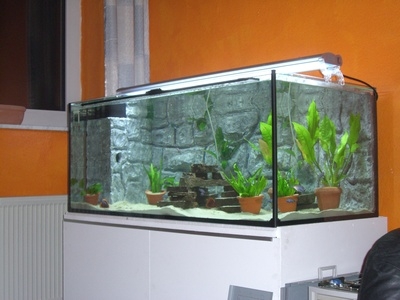 What Fish Can Live in Brackish Water
What Fish Can Live in Brackish Water
W
What Fish Can Live in Brackish Water
What Fish Can Live in Brackish Water
W
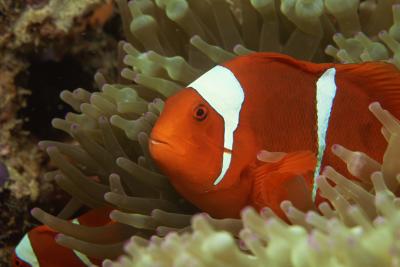 Clown Fish Small Tank Set Up for Beginners
Clown Fish Small Tank Set Up for Beginners
Clown Fish Small Tank Set Up for Beginners
Clown Fish Small Tank Set Up for Beginners
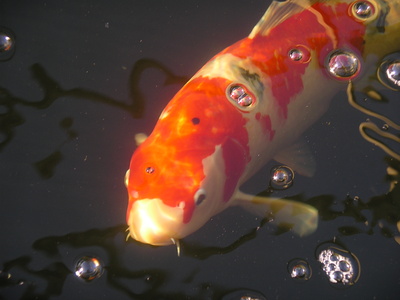 Causes of Pond Fish Sitting on the Bottom of the Pond and Refusing to Eat
Causes of Pond Fish Sitting on the Bottom of t
Causes of Pond Fish Sitting on the Bottom of the Pond and Refusing to Eat
Causes of Pond Fish Sitting on the Bottom of t
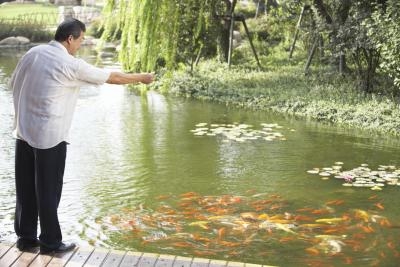 What Are Some Fish for an Outdoor Fish Pond?
What Are Some Fish for an Outdoor Fish Pond?
What Are Some Fish for an Outdoor Fish Pond?
What Are Some Fish for an Outdoor Fish Pond?
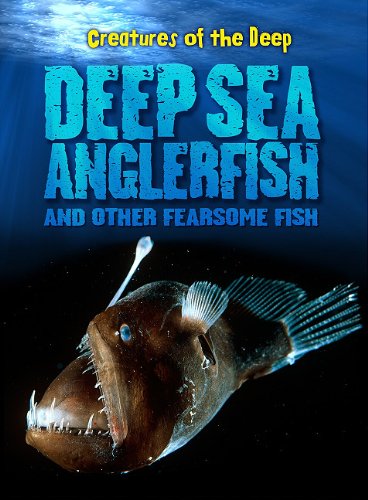 Dangers of the Deep
While many believe there is
Dangers of the Deep
While many believe there is
Copyright © 2005-2016 Pet Information All Rights Reserved
Contact us: www162date@outlook.com